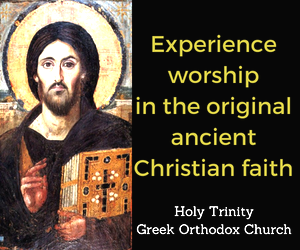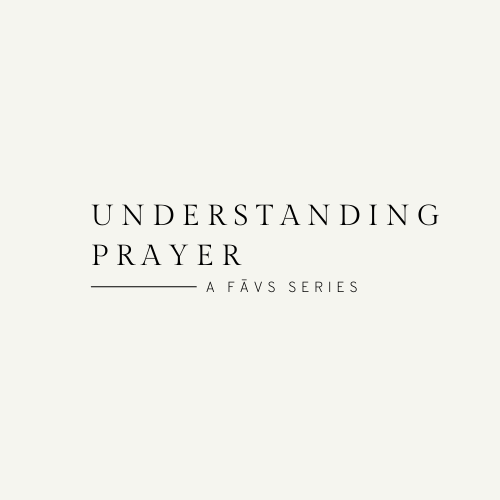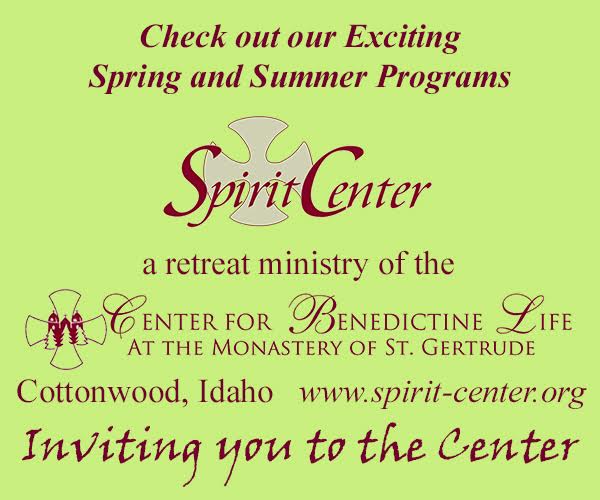UNDERSTANDING PRAYER: Haven’t got a prayer … or do we?
Editor’s Note: Spokane FāVS is publishing a series of columns on the subject of prayer. Prayer is a common religious concept and is used in secular, colloquial speech and circumstances. Early humans may have used a version of prayer, even before the advent of formal religious observances.
But what does prayer mean? What is it? Who does it? Can you pray if it isn’t to a Divine Being? How do you do it? Is it a solitary and/or communal activity? Why do it at all? What motivates a person to pray? What are the expectations on the part of the pray-er? Should there be some type of tangible outcome or after effects? These and other questions will be addressed over the next few weeks.
By Jim Downard
Prayer may be thought of as the way humans sent emails to the gods before the Internet. How many of them expected a direct reply is anybody’s guess, though there is no doubt there were some who imagined they received one.
Part of the phenomenon is the personal aspect of prayer. A dire circumstance is encountered, and a plea for alleviation occurs. If the gods exist, can’t they be of help now and then?
Because of its personal aspect, prayer can be transactional and self-interested. It can also be a measurement of how much pull people imagine the god to have.
As for motivations, those run the gamut of human nature — from an empathetic hope that a neighbor’s child will be cured from cancer to a righteous vengeance for comeuppance, pleading to see the brains of Babylon’s children dashed against the rocks.
In that sense, prayer tells us much more about the person than the gods.
When prayer goes public, though, it takes on a new dimension. And it’s not always a pretty one.
Prayer in private is individualistic, whereas prayer in public is, by its nature, collective, social and political. And no more so when done for the photo op by politicians holding a book they haven’t cracked open, or football coaches calibrating whose knee is to be bent and for what occasion. They are hauling the baggage of centuries of public piety that has often little to do with what it is being prayed for so much as the posturing of being seen to pray about it.
Humans have every incentive to want their prayers to have happy endings, of course, and offer suitable fan fiction to tug at our hearts.
George Bailey is at the end of his tether in “It’s a Wonderful Life” and the folksy Clarence sets him alright. The bishop mired in the bureaucracy of his calling asks for divine guidance, which the dapper angel Dudley inevitably supplies, though not without a flash of mortal temptation as he almost falls for “The Bishop’s Wife” (original film or the remake).
Being human, nonbelievers can feel the same psychological tugs to do a prayer now and then — a “To Whom It May Concern” email tendered just in case something’s on the receiving end after all, albeit with even less prospect for expecting a response.
Prayer would have an easier time in the marketing department if there were more miracles to signal the emails, hadn’t they all ended up in the celestial spam folder.
Imagine a god who, when prayed to, exclusively and promptly restores a limb lost to a land mine. Would there not be stampedes to that shrine?
Instead, we have studies now and then about the power of intercessory prayer, or the absence of it, as though we could contrive a metric to isolate the spontaneous remissions from the genuine prayer success — or the brains successfully dashed against the rocks that were prayed for versus those ending up splattered just from normal human cussedness.
So we’re left with the two sides of prayer: the personal and the social. It’s inevitably a tangle of psychology and theology, where if you feel better having done it toward the end, you will keep the mental email folder open just in case that reply comes.







